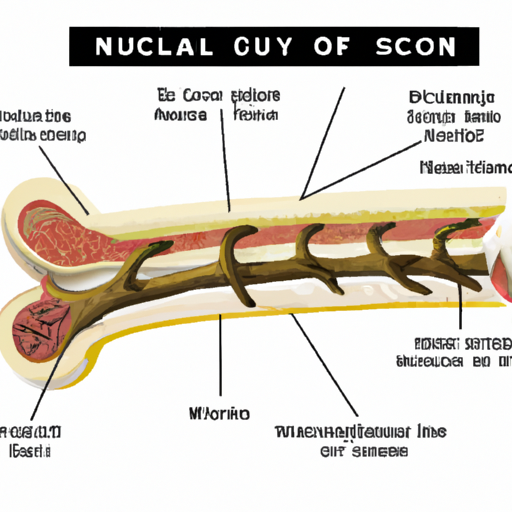“`markdown
What is a Dog’s Tail Made Of?
As a caregiver to your furry friend, you’ve probably wondered about the anatomy of your dog, specifically their tail. Let’s take a deep dive together into the world of canine biology to understand what exactly a dog’s tail is made of.
1. The Basics: Bones and Muscles
Just like us humans, dogs have a skeletal structure in their tails. This structure consists of a series of small bones known as the caudal vertebrae. Depending on the breed, a dog’s tail may contain anywhere from 5 to 23 vertebrae.
- Vertebrae: Each vertebra is separated by an intervertebral disc, which acts as a cushion to absorb shock and prevent bone-on-bone contact.
- Muscles: Surrounding the vertebrae are layers of muscle that control the movement of the tail.
| Breeds with Short Tails | Number of Vertebrae |
|---|---|
| English Bulldog | 5-6 |
| Rottweiler | 11-13 |
| Breeds with Long Tails | Number of Vertebrae |
|---|---|
| Greyhound | 20-23 |
| Labrador Retriever | 15-17 |
2. The Covering: Skin and Fur
Covering the tail, you will find skin and fur. The skin houses hair follicles which produce the fur, giving your dog its unique coat.
- Skin: The skin on a dog’s tail performs the same functions as the skin on the rest of their body, protecting them from environmental factors.
- Fur: The fur acts as an insulator, regulating body temperature and also plays a role in communication with other dogs.
3. The Function: Communication and Balance
Your dog’s tail is not just for wagging – it serves crucial functions in their daily life.
- Communication: Dogs use their tails to express emotions and intentions. A high wagging tail can indicate excitement, while a tucked tail often signifies fear or submission.
- Balance: For some breeds, especially those bred for hunting or herding, the tail acts as a counterbalance during high-speed chases or agile maneuvers.
4. Health and Care
Taking care of your dog’s tail is just as important as the rest of their body. Regular grooming and inspection can help prevent issues such as fleas, ticks, and skin infections.
- Grooming: Depending on the breed, your dog’s tail may require regular trimming or brushing.
- Inspection: Check for any unusual lumps, sores, or signs of discomfort that could indicate underlying health issues.
5. Understanding Tail Docking
Tail docking, or the practice of surgically removing a portion of the puppy’s tail, has been a topic of controversy. While some argue it’s necessary for certain breeds, others view it as an unnecessary and potentially harmful procedure.
Frequently Asked Questions (FAQs)
Q: Can a dog’s tail be broken?
A: Yes, a dog’s tail can be broken or fractured due to trauma, just like any other bone in their body.
Q: Why does my dog chase its tail?
A: Dogs may chase their tails out of playfulness, boredom, or as a sign of a behavioral issue.
Q: Why does my dog’s tail curl?
A: The shape and position of a dog’s tail can be influenced by their breed, genetics, and emotions.
Remember, while this guide provides a basis for understanding your dog’s tail, always consult with a veterinarian for any health concerns.
“`



